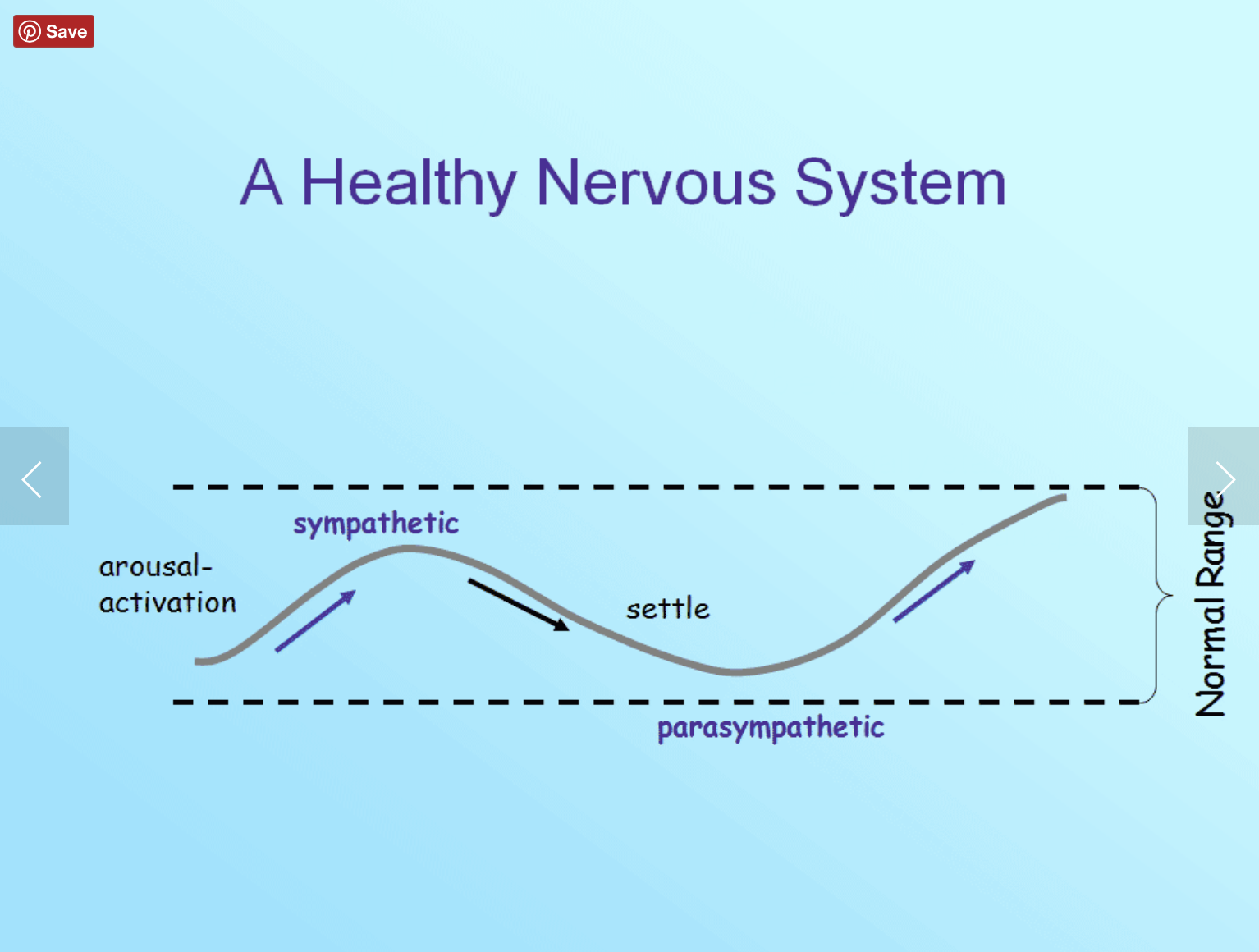SOMATIC EXPERIENCING®
Somatic Experiencing® is an effective psychobiological method for resolving trauma symptoms and relieving chronic stress. It is a body-awareness approach that releases traumatic shock. SE® developed from the observations and research of Dr. Peter Levine.
Somatic Experiencing® is a naturalistic approach to the resolution and healing of trauma developed by Dr. Peter Levine. Somatic Experiencing® is based upon the realization that human beings have the innate ability to overcome the effects of trauma, and restore their nervous system and self to a balanced state. SE® restores self-regulation of the emotional and nervous systems, thereby allowing the traumatized individuals to return to a sense of aliveness, relaxation, and wholeness, gifts that they had taken away from them.
Dr. Levine has applied his work to combat veterans, rape survivors, Holocaust survivors, auto accident, post surgical trauma, natural disaster survivors, man-made disaster survivors, chronic pain sufferers, and even to infants, who suffered traumatic births.
SE® offers a framework to assess where in the autonomic system an individual is "stuck", whether it be in the flight, fight, freeze, or collapse responses. Somatic Experiencing® provides clinical tools to facilitate the resolution of these fixed physiological states.
Somatic Experiencing® is based upon the observation in nature that wild prey animals, though threatened routinely, are rarely traumatized. Animals in the wild utilize innate mechanisms to regulate and discharge the high levels of energy arousal associated with defensive survival behaviors. These mechanisms provide the animals with a built-in "immunity" or protection to trauma, that enables them to return to normal function in the aftermath of highly activating life-threatening experiences.
How SE® works
SE© was developed by Peter Levine, PhD. SE® is supported by research. It is founded on studies observing that wild animal prey are rarely traumatized after an attack, due to internal self-regulating mechanisms that enable healthy discharge of high levels of energy associated with the flight or fight response of the animal.
SE® utilizes awareness of body sensations to help individuals "renegotiate" and process rather than re-live or re- enact the traumatic event.
SE® technique will help the body feel and gradually discharge aroused survival energies.
SE® may employ touch in support of the renegotiation process.
SE® purposefully “titrates” (breaks down in small steps) the therapeutic experience, rather than provoking a large discharge - which could overwhelm the regulatory mechanisms of the body.
For more information about SE® please note the following references:
Levine, P. and Frederick, A. (1997). Waking the Tiger: Healing Trauma: The Innate Capacity to Transform Overwhelming Experiences. Berkeley, CA: North Atlantic Books.
Kline, M. and Levine, P. (2007). Trauma Through A Child’s Eyes: Awakening the Ordinary Miracle of Healing. Berkeley, CA: North Atlantic Books.
For further references and information online about SE® go to http://www.traumahealing.com
SE® could result in a number of benefits to you, such as a decrease or relief of traumatic stress symptoms, increased resiliency, and increased resourcefulness.
SE® facilitates the completion of self-protective motor responses and the release of thwarted survival energy bound in the body, thus addressing the root cause of trauma symptoms. This is approached by gently guiding clients to develop increasing tolerance for difficult bodily sensations and suppressed emotions.
Somatic Experiencing® does not require the traumatized person to re-tell or re-live the traumatic event. Instead, it offers the opportunity to engage, complete and resolve in a slow and supported way the body's instinctual fight, flight, freeze, and collapse responses. Individuals locked in anxiety or rage then relax into a growing sense of peace and safety. Those stuck in depression gradually find their feelings of hopelessness and numbness transformed into empowerment, triumph, and mastery. SE® catalyzes corrective bodily experiences that contradict those of fear and helplessness. This resets the nervous system, restores inner balance, enhances resilience to stress, and increases people's vitality, equanimity, and capacity to actively engage in life.







